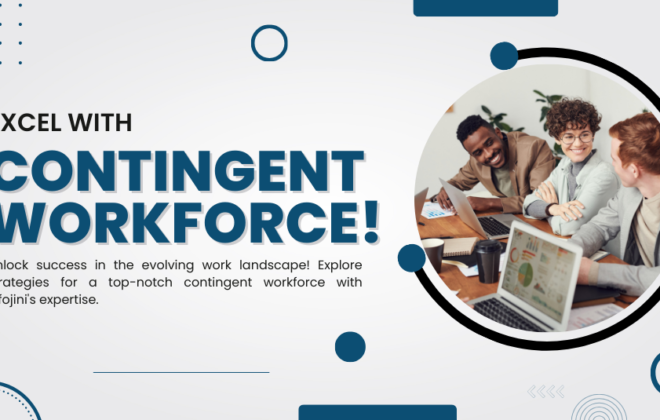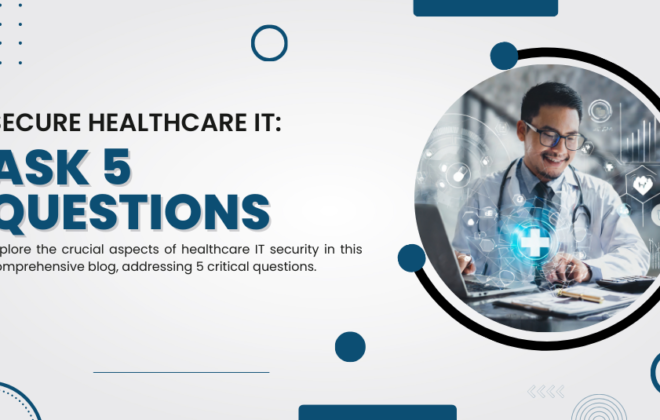Why the Rapidly Growing Contingent Workforce is a C-Suite Priority?
In this post-pandemic era, many companies realized they could shift from full-time in-office workers to a hybrid approach.
It is often a top-three category of enterprise spend, indirectly including the “full range” of contingent workforce spend (temps, gig, staffing suppliers, ICs, and SOW/services) for many organizations.
The contingent workforce, despite its size, has often been associated with “non-core” business operations. But this paradigm is changing in many leading companies. This workforce increasingly consists of skilled workers who couldn’t be more vital in companies’ talent war, with billions of associated spending.
Related Article: Contingent Workforces in 2022: The Pros and Cons
As such, CHROs, CPOs, CFOs, and CIOs play a more significant role in the decision. Not only to outsource the non-employee management but also to deploy a technological system to harness machine-based learning, data, and intelligence. This will help drive their businesses forward as part of their workforce and human capital strategies.
Here are some key implications for including contingent workers in C-level strategic dialogues:
Financial Impact
SIA, in its 2021 Staffing Industry Analysts, estimated that there were 52 million contingent workers in the U.S, 35% of all workers and accounting for revenue of $1.3 trillion. Based on early numbers from 2022, the analyst firm also reported that temporary staffing continues to increase. This is an indicator that business spending on contingent workers is also growing. This impact will strongly interest stakeholders for programs with tens if not hundreds of millions in contingent workforce spend.
These labor services can offer the most extensive workforce opportunities to drive value through cost savings and visibility to work and vendor payment. Since this spend is typically guarded at high levels, it often requires a conversation at the executive level to drive this change.
Talent Acquisition
According to last year’s survey, attracting and retaining top talent is the leading internal stressor for C-suite executives. Since highly-skilled non-employee labor is a vital pipeline for talent within the organization (including full-time conversions), it is important to include it in workforce planning at the highest levels.
To provide flexibility, non-employee labor can be leveraged on organization-critical projects, which is crucial during uncertain times. Contingent labor also affects diversity and inclusion (D&I) initiatives and allows organizations to tap new talent acquisition strategies. Organizations can “pilot” remote work in more diverse markets through low-risk contingent labor by hiring more BIPOC candidates, disabled candidates, working parents, etc.
Risk Mitigation
The workplace continues to become more tech and data-driven, with risks and regulations rising in areas such as-
- data privacy of employees
- work-from-home protocols
- diversity and inclusion (D&I), etc.
The contingent workforce offers myriad tax and benefits risks associated with worker misclassification and co-employment laws. The complexity is advanced as ambitious organizations attempt to globalize and localize their operations simultaneously. The preference for highly-skilled contingent “knowledge” workers globally versus full-time is also radically accelerating this segment’s complexities.
Management of Talent
The concept of a holistic workforce continues to trend, with most executives showing more and more interest in workforce information. With talent scattered across the globe, organizations need to comprehend where their workers are based. Knowing who has access to facilities and, most critical intellectual property is crucial. In addition, organizations must be able to swiftly and efficiently communicate with workers during these fast-changing times.
Leveraging key data points allows for better strategic dialogues around workforce planning initiatives, which will be significant as organizational footprints evolve and new global talent channels emerge. Put another way, and business intelligence allows organizations to move beyond short-term mindsets that can restrict talent retention and stunt global growth initiatives. Instead, complete workplace transparency enables strategic workforce forecasting, driving more innovative and better business decisions that place an organization for long-term growth.
Benefits of a Strategic Approach
Companies are going away from single-solution vendors for VMS, MSP, compliance, payroll, data/analytics, and talent curation toward holistic technology ecosystems permitting effective management and tracking of contingent labor across the organization.
To start discovering these benefits, leaders can take the below steps:
- Contingent workforce programs can be discussed strategically with company leaders
- Ask the sponsors and vendor partners of the contingent workforce program to participate in these discussions to leverage their expertise and experience
- Ensure all workforce spending under management is optimized by the organization
- Align the company’s broader goals and strategic initiatives with the contingent workforce program
- Create and implement robust processes to ensure governance and workforce program health
Conclusion
Promoting discussions of the contingent workforce to the C-suite can give it a competitive edge in talent acquisition, play a significant role in Diversity and Inclusion (D&I) initiatives, save the organization millions, ensure proper risk mitigation and keep the enterprise agile.
Companies will realize substantial gains in 2022 and beyond, which can drive significant value for owners and shareholders by addressing the contingent workforce as a strategic component of the overall organization.
Want to hire contingent workers for your company?
Related Posts
Subscribe For Updates
Categories
- Accountant
- AI
- Automation
- Awards and Recognitions
- Blue Collar Staffing
- Burnouts
- Campus Recruiting
- Cloud
- Co-Ops agreements
- Company Culture
- Compliance
- contingent workforce
- Contingent Workforce
- COVID-19
- Cyber Security Staffing
- Data Strategy
- Digital Transformation
- direct sourcing
- Distributed Workforce
- Diversity
- Diversity & Inclusion
- Economy
- Events & Conferences
- fleet industry
- Gig Economy
- Girls in Tech
- Global Talent Research and Staffing
- Government
- Healthcare
- Healthcare Staffing
- Hiring Process
- Hiring Trends
- Home Helathcare
- HR
- HR Practices
- HR Tech
- IT
- Labor Shortages
- Life Science
- Local Governments
- News
- Nursing
- Payroll Staffing
- Public Sectors
- Recruiting
- Remote Work
- Skill Gap
- SMB Hiring
- Snowflake
- Staffing
- Staffing Augmentation
- Staffing Challenges
- Talent ROI
- Tech Staffing
- Technology
- Tips & tricks
- Total Talent Management
- UI/UX Design
- Uncategorized
- Veteran Staffing
- Veterans Hiring
- Veterans Hiring
- Workforce Management
Recent Posts
- Automation in Recruiting: From Chatbots to Predictive Screening
- Gig Economy Expansion: The Impact on Talent Pools and Business Models
- Skills-Based Hiring: Why Credentials Alone Don’t Cut It in 2025
- Procurement 3.0: AI & Intelligent Automation in 2025
- Q3 Is Here: Is Your Contingent Workforce Strategy Falling Behind?
Newsletter
Archive
- September 2025
- August 2025
- June 2025
- April 2025
- March 2025
- December 2024
- November 2024
- October 2024
- September 2024
- August 2024
- July 2024
- June 2024
- May 2024
- April 2024
- March 2024
- February 2024
- January 2024
- December 2023
- November 2023
- October 2023
- September 2023
- August 2023
- July 2023
- June 2023
- May 2023
- April 2023
- March 2023
- February 2023
- December 2022
- November 2022
- October 2022
- September 2022
- August 2022
- July 2022
- June 2022
- November 2021
- October 2021
- September 2021
- August 2021
- July 2021
- June 2021
- May 2021
- April 2021
- March 2021
- February 2021
- January 2021
- December 2020
- November 2020
- October 2020
- September 2020
- August 2020
- July 2020
- June 2020
- May 2020
- April 2020
- March 2020
- February 2020
- January 2020
- December 2019
- November 2019
- October 2019
- September 2019
- August 2019
- July 2019
- June 2019
- May 2019
- January 2019
- December 2018
- November 2018
- October 2018
- September 2018
- August 2018
- July 2018
- June 2018
- May 2018
- April 2018
- March 2018
- February 2018
- January 2018
- December 2017
- November 2017
- October 2017
- September 2017
- August 2017
- July 2017
- June 2017
- May 2017
- November 2016
- October 2016




